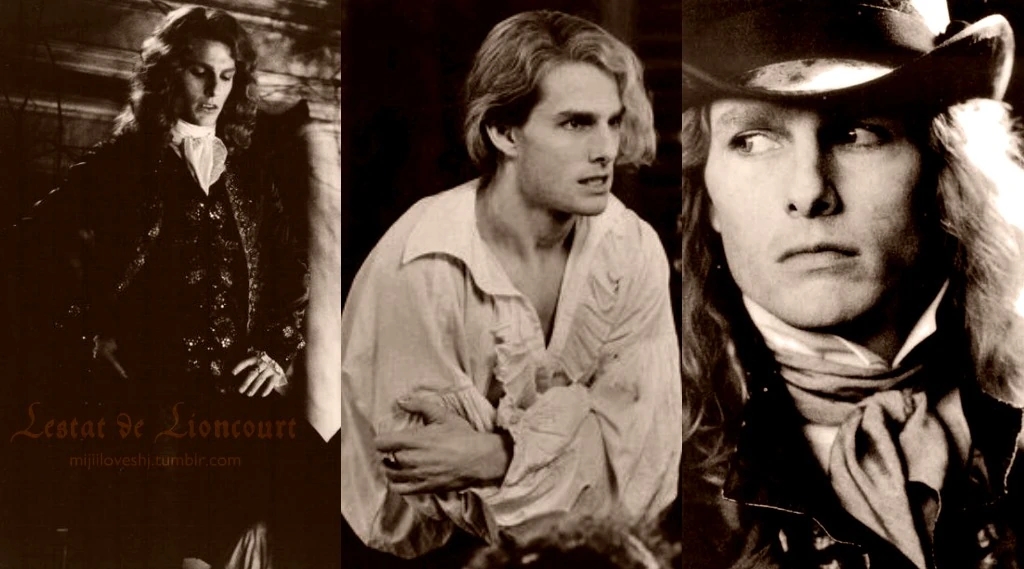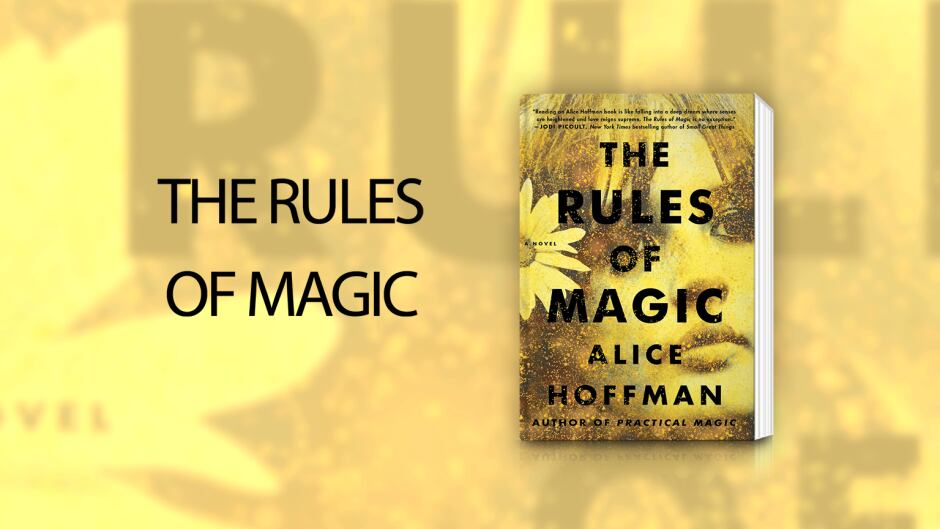Anne Rice’s “The Vampire Lestat,” the second installment in her acclaimed Vampire Chronicles series, is a fascinating, richly detailed exploration of one of literature’s most enigmatic anti-heroes. Shifting gears from the somber and reflective tone of “Interview with the Vampire,” this novel presents the tale of Lestat de Lioncourt, offering readers a vibrant and multifaceted portrait of a vampire who is both seductive and ruthless.
A Riveting Narrative and Structure
“The Vampire Lestat” is presented as Lestat’s autobiography, a direct and unapologetic narrative that delves into his transformation from a disillusioned young nobleman in 18th-century France to a powerful and charismatic vampire. The first-person perspective allows for an intimate understanding of Lestat’s motivations, desires, and existential struggles, presenting him as a complex character who defies simple categorization as merely a villain or hero.
Rice’s narrative is meticulously crafted, with lush, evocative descriptions that bring to life the historical and supernatural settings. From the decadence of pre-Revolutionary Paris to the ancient extravagance of Egyptian vampires, each locale is rendered with vividness, immersing the reader fully into Lestat’s world.
Complex Character Development
Lestat himself is the novel’s centerpiece, and Rice succeeds in making him a character of enduring fascination. He is audacious, passionate, and often impulsive, but beneath his bravado lies a deep-seated quest for meaning and a desire to transcend his vampiric nature. The novel explores his relationships with other vampires, including the tormented Louis, the ancient and inscrutable Marius, and the tragic and beautiful Gabrielle, Lestat’s own mother. Each relationship reveals different facets of Lestat’s character, from his vulnerabilities to his insatiable need for companionship and understanding.
Rich Themes and Motifs
“The Vampire Lestat” is rich in themes that transcend its gothic trappings. At its core, the novel grapples with questions of immortality, identity, and the nature of evil. Lestat’s journey is as much a philosophical quest as it is a supernatural adventure, reflecting Rice’s own preoccupations with existentialism and the human condition. The novel also touches on themes of power and freedom, as Lestat constantly seeks to assert his autonomy in a world that often seems governed by fate and ancient laws.
Anne Rice’s Unique Writing Style
Anne Rice’s prose is both lyrical and dense, imbued with a gothic sensibility that perfectly matches the novel’s dark themes. Her ability to blend historical detail with supernatural elements creates a richly textured narrative that feels both timeless and otherworldly. However, the same richness that makes the novel so immersive can also be a challenge; the elaborate descriptions and introspective passages may not appeal to all readers, particularly those looking for a more straightforward, fast-paced story.
Conclusion
“The Vampire Lestat” is a masterful continuation of the Vampire Chronicles, offering a deep and nuanced portrayal of one of the genre’s most iconic characters. Anne Rice’s ability to blend the supernatural with profound philosophical inquiry makes this novel a standout in vampire literature. While its dense prose and introspective nature may not suit all tastes, for those willing to immerse themselves in Lestat’s world, the novel offers a richly rewarding experience.
So, if you’re a fan of gothic fiction or are looking for a story that combines supernatural intrigue with deep existential questions, “The Vampire Lestat” is a must-read. Dive into the world of Lestat and discover why Anne Rice’s vampires continue to captivate readers around the globe.








Leave a comment